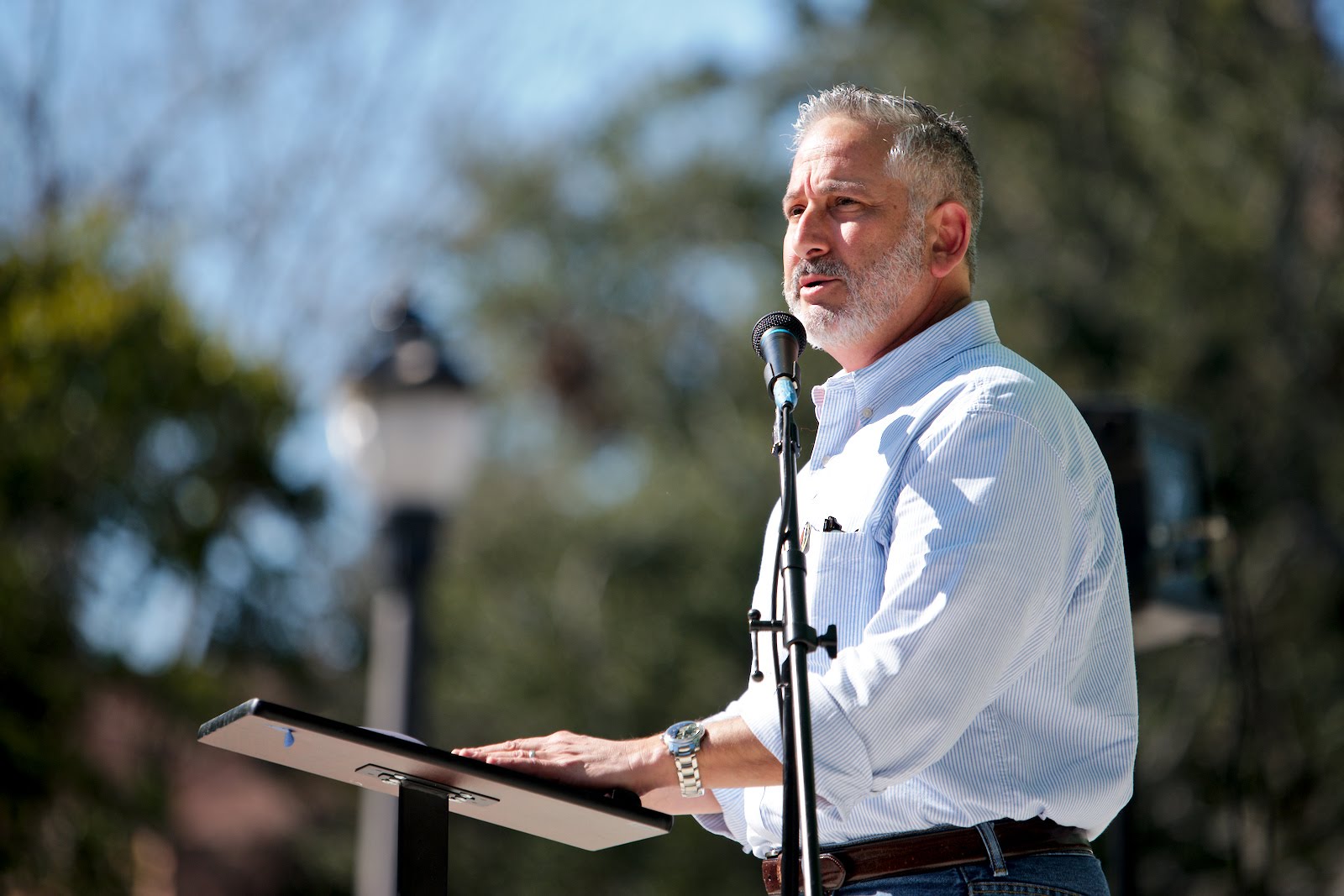
With the Ybor City stadium deal likely dead, St. Petersburg Mayor Rick Kriseman is ready and willing to again talk about keeping the Tampa Bay Rays in his city.
“The memorandum of understanding we struck with the Tampa Bay Rays worked as intended. The organization was given three years to explore future stadium sites throughout our region,” Kriseman said during a press conference Tuesday.
“I stand ready, if asked, to continue the conversation related to the organization’s future in St. Pete.”
The demise of the Ybor deal means all stadium options are now back on the table, including the team staying put.
If the team stays in the region, Tuesday’s unraveling means any new stadium opening would be pushed back to at least 2024.
Kriseman reached an agreement with the team in late 2015 to allow them wiggle room in the team’s otherwise iron-clad contract to explore possible stadium sites in both Pinellas and Hillsborough counties.
The team decided on Ybor City earlier this year and unveiled plans for a nearly $1 billion ballpark.
But Hillsborough County did not come forward with a funding plan to help the team foot the hefty bill until last week, leaving the team with just three weeks to decide whether they’d begin negotiating or pass.
It was a hard pass.
Rays principal owner Stu Sternberg, speaking at a the Major League Baseball Winter meeting in Las Vegas Tuesday, said the Ybor deal had crumbled and that the team had no intention of asking St. Pete for an extension on its Dec. 31 deadline to inform the city of its intentions, if any, to move from its current home at Tropicana Field.
After the deadline, the Rays will be contractually barred from considering stadium sites outside St. Pete. The team’s contract to play there runs through 2027.
Kriseman’s reaction to the Rays crumbled stadium deal was all but an “I told you so” to detractors who worried his deal with the team in 2015 was an invitation to leave the city. Kriseman said all along his goal was to keep the team in the Tampa Bay region and believed St. Pete made the most sense for the Rays.
Tropicana Field sits on an 81-acre site large enough to build a new stadium without disrupting games at the existing stadium. The team’s contract also gives it a 50 percent stake in future development rights on the site – money that could serve as a funding source for a new ballpark.
St. Pete also has access to tourist bed tax dollars collected on hotel stays to potentially help fund a new park.
Hillsborough County’s funding options were far more limited.
In the 11th hour, the county identified potential “opportunity zone” funding that could have paid for up to half of the cost of a new stadium, but that was the county’s only viable option without raising taxes, which they weren’t willing to do. And it wasn’t enough for the team.
The city of St. Pete already has a Tropicana Field site master plan in place that includes a new baseball stadium. The city started drafting another plan for the site without a stadium after the team announced it wanted to move to Ybor. But with that hope dead, it’s not clear whether staying in St. Pete will again be an option for the team.
While St. Pete is friendly in terms of new stadium financing, it also presents a host of problems for the MLB team that has for years struggled with bottom of the barrel attendance.
One of the top metrics for game day attendance is the number of people who live within a 30-minute drive of the team’s home games. The near-downtown location of Tropicana Field falls way short on that metric, according to several studies, including one by Pinellas County.
The Rays may not want to invest anything at all – even with a sweetheart funding deal – if it still won’t be able to get fans in the seats.
Either way, Kriseman has said, and continues to emphasize, that the economic development opportunities at the Trop site are enormous regardless of whether or not they include baseball.




One comment
Ken Hastie
December 12, 2018 at 4:01 am
With the end of dog racing, does that make Derby Lane a viable site?
Comments are closed.